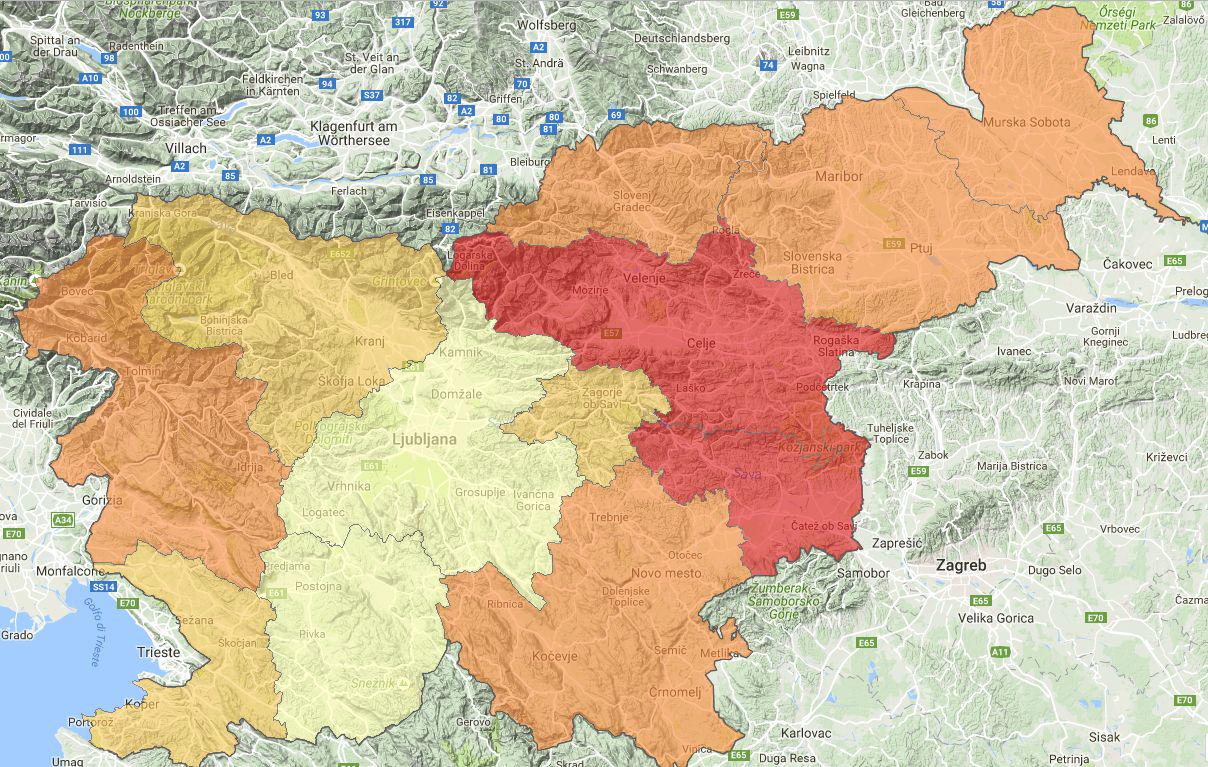
According to data published by the Statistical Office in July of this year, the risk-of-poverty rate was 14.3 in 2015, which is 0.2 percentage points less than in 2014. The risk-of-social-exclusion rate also declined in the same period – by 1.2 percentage points.
The median household income was 492 euros higher last year than in 2014, according to the website of the Ministry of Labor, Family, Social Affairs, and Equal Opportunities. All of the findings were presented on the occasion of this year's International Day for the Eradication of Poverty. The ministry also presented some of its plans, as well as anti-poverty measures that have already been implemented.
However, this doesn't mean that Slovenia doesn't have any poor residents. According to data from the Statistical Bureau, every seventh resident in Slovenia is officially under the poverty line, while every 17th resident is facing serious material deprivation.
In Slovenia, poverty often becomes apparent in children. For the authorities, this should serve as an alarm signal. Poverty is evidenced in various ways, but families that face a serious financial crisis always redistribute their limited means in a way that impacts their children the least. Women are the first to give up their daily bread to benefit their families. When poverty begins to affect children, it's time to sound the alarm.
Poverty is also affecting growing number of retirees. Public assistance is, in most cases, indifferent and people in trouble are often forced to seek help from charities. For many, this is among the most difficult steps.
Society also frequently stigmatizes the poor and unjustly blames them for the anguish in which they find themselves.
Al. Ma. (MMC), L. D. R. (Ra SLO)
Translated by J. B.

































































